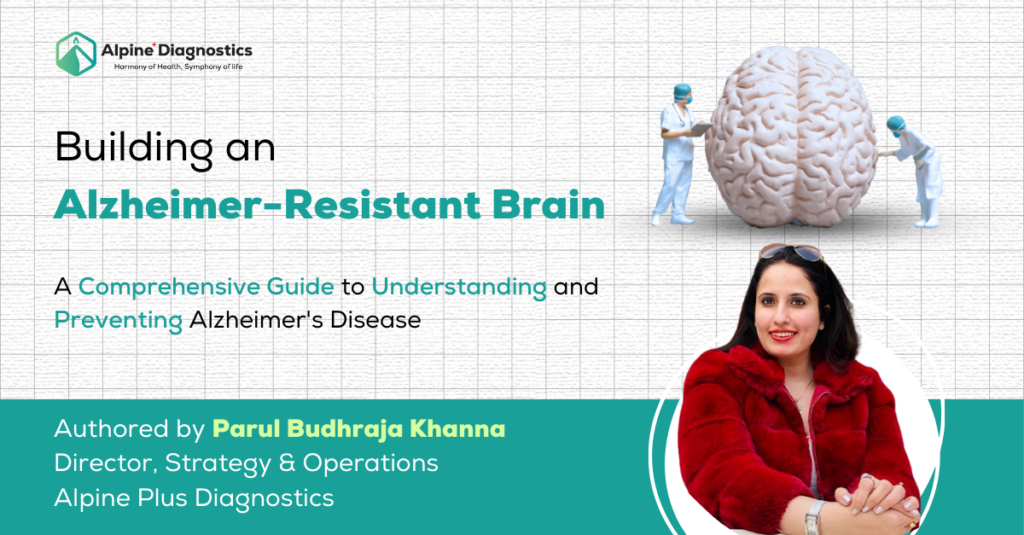Imagine watching a loved one fade away, like sand slipping through your fingers. This heartbreaking experience occurs when the brain develops plaques, tangles, and eventually shrinks—hallmarks of Alzheimer’s disease. This condition affects everyone with a brain, turning familiar faces into strangers as memories vanish. Alzheimer’s is not a normal part of ageing, but the risk increases with age, particularly affecting women more than men. Though most affected individuals are over 65, early-onset Alzheimer’s can strike younger people too. Every 4 seconds, someone is diagnosed with this disease. Despite over a century of research, a cure remains elusive, but we can take steps now to protect our future selves.
The Silent Saboteurs: How Alzheimer’s Attacks the Brain
Alzheimer’s disease is the most common cause of dementia, accounting for 60-80% of cases. The brain, composed of about 100 billion neurons, relies on these cells to transmit information. Neurons communicate at synapses using chemical messengers called neurotransmitters. However, Alzheimer’s disrupts this communication due to two abnormal structures: plaques and tangles.
Plaques are deposits of a protein fragment called beta-amyloid that build up between nerve cells, while tangles are twisted fibres of a protein called tau that accumulate inside cells. These structures block communication and nutrient supply to neurons, leading to cell death. The damage starts in the brain’s memory regions, causing memory loss, and progressively affects logical thinking, emotions, and eventually the body’s essential functions, leading to death.
Cutting-Edge Research: Glimmers of Hope
Researchers are exploring ways to slow Alzheimer’s progression. One approach is acetylcholine therapy, which reduces the breakdown of acetylcholine, a neurotransmitter essential for memory and learning. Another potential solution is a vaccine to train the immune system to attack beta-amyloid plaques. Other studies investigate insulin resistance and hormone therapy in Alzheimer’s.
Your Brain’s Best Defence: Proactive Prevention
Currently, 35-40 million people live with some form of dementia, and this number could double by 2030. Instead of fearing Alzheimer’s, we can take preventive measures. Diet and sleep are crucial. Lifestyle choices influence beta-amyloid plaque formation. Slow-wave deep sleep helps clear metabolic waste from the brain, while poor sleep can increase beta-amyloid accumulation.
Stay Sharp: The Power of Physical and Mental Agility
Autopsy studies show that about 80% of people with Alzheimer’s also had cardiovascular disease, high blood pressure, diabetes, obesity, and high cholesterol. Maintaining a healthy lifestyle is essential. Regular aerobic exercise reduces beta-amyloid accumulation and lowers Alzheimer’s risk. Cognitive reserve, built through lifelong learning and mentally stimulating activities, provides a buffer against the disease. Engaging in new learning experiences strengthens neural connections, offering a detour around the damage caused by Alzheimer’s.
Holding Onto Hope: Love and Resilience
By making healthy lifestyle choices and staying mentally and physically active, we can build a brain more resistant to Alzheimer’s disease. Together, we can fight this disease and preserve the essence of our existence.
Writer’s note: Despite everything, if you are diagnosed with Alzheimer’s, remember that a diagnosis is not the end of life. Even if your memory leaves you, keep living with love and joy because no one will ever be able to take those feelings away from you. And for all the caregivers and family members tending to Alzheimer’s patients, hang in there! We have to remember their love for them when they no longer can.
This article written by Parul Budhraja Khanna, our Director, Strategy & Operations was also featured in two of Ghana’s leading newspapers; Daily Graphic and The Business & Financial Times.



